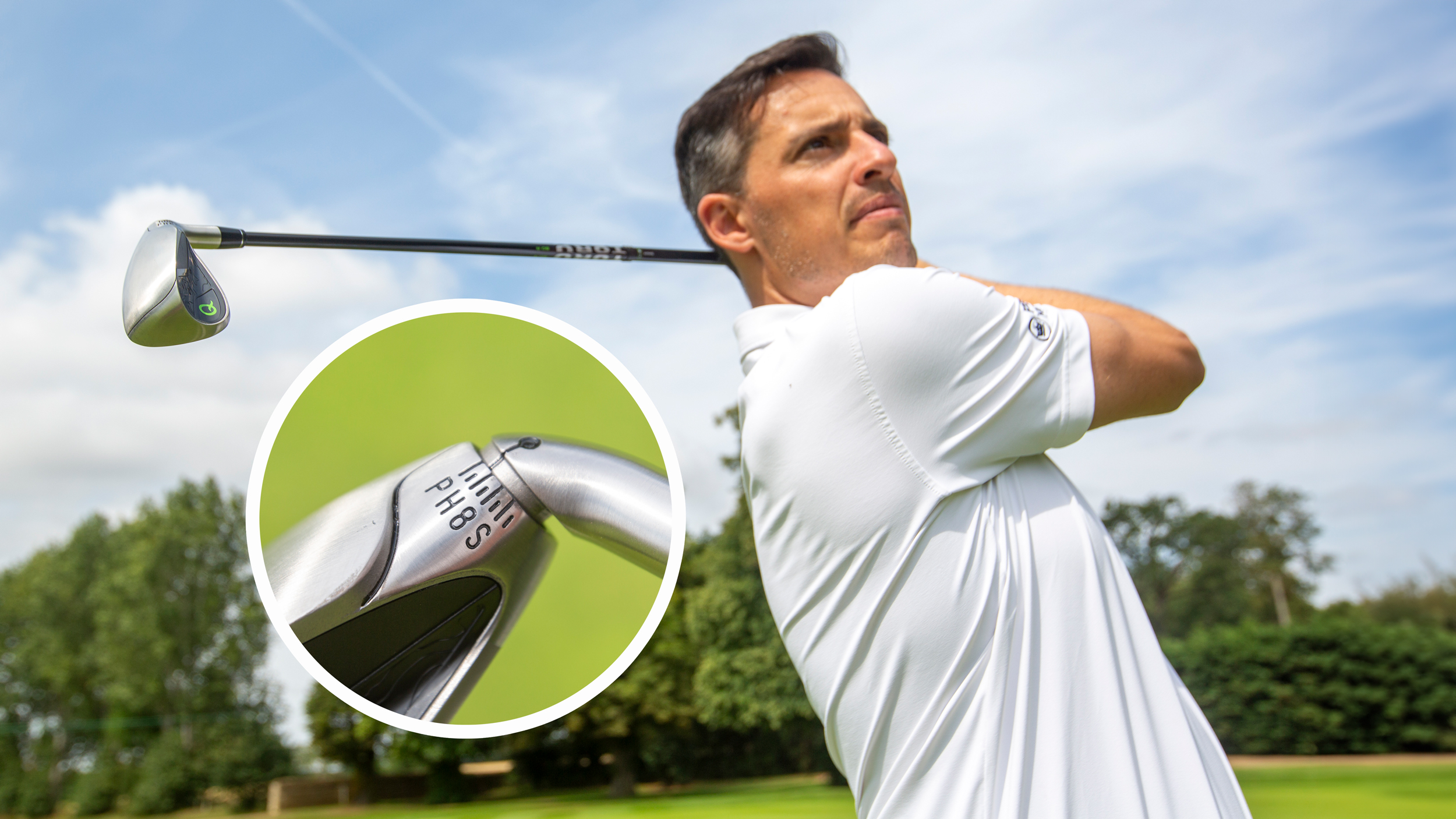Irons
Read up on reviews and ratings for golfing irons from all the biggest names in golf. Find the perfect irons with the experts at Golf Monthly.
Following a number of advancements, the latest Golf Irons offer longer distances through the entire bag, but without the need to sacrifice any forgiveness
Buyer’s Guide Head design Match the head shape to your ball-striking ability. Bigger cavities are forgiving and tend the launch the ball higher (but also tend to have stronger lofts), while compact heads are more workable with less of a focus on distance alone. Get custom fitted There's no industry standard for things like loft and lie, so while one manufacturer's off-the-rack standard spec may be perfect for your swing, another's will not. Make sure you hit some shots on a lie board using sole and impact tape under the supervision of a PGA Pro to ensure your set matches your swing, rather than trying to change your swing to suit your new irons! Offset Offset is the distance between the leading edge and the front of the hosel. Lrger, game improvement irons tend to have more offset as it encourages the golfer to position the hands more forward at address and also gives the clubface a little extra time to rotate around to square at impact, helping those that slice the ball. Forged or cast? The majority of irons on the market are cast and they tend to be larger in size and offer more distance as well as a firmer feel. Forged irons offer a softer feel and greater consistency. They also tend to be more expensive as they are more labour intensive to produce. Steel or graphite? The main difference between steel and graphite shafts is the weight. Graphite shafts are lighter, which can help golfers swing the club faster, but are more expensive and can be less durable than their steel counterparts.
Latest
-
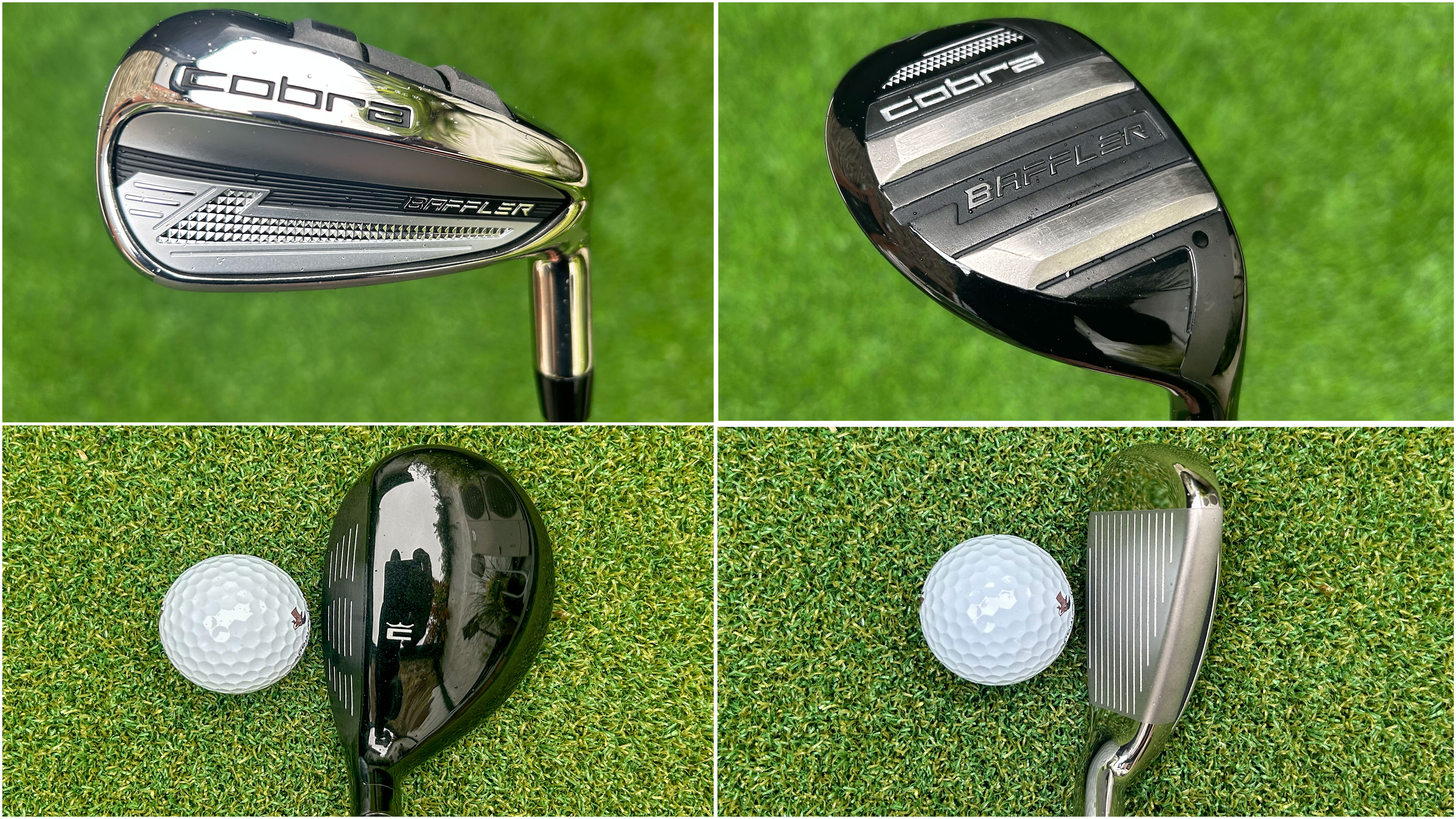
Cobra 2025 Baffler Hybrid-Iron Set Review
We took the Cobra Baffler hybrid iron set out for a thorough test to see what it can offer your game...
By Joe Ferguson Published
-
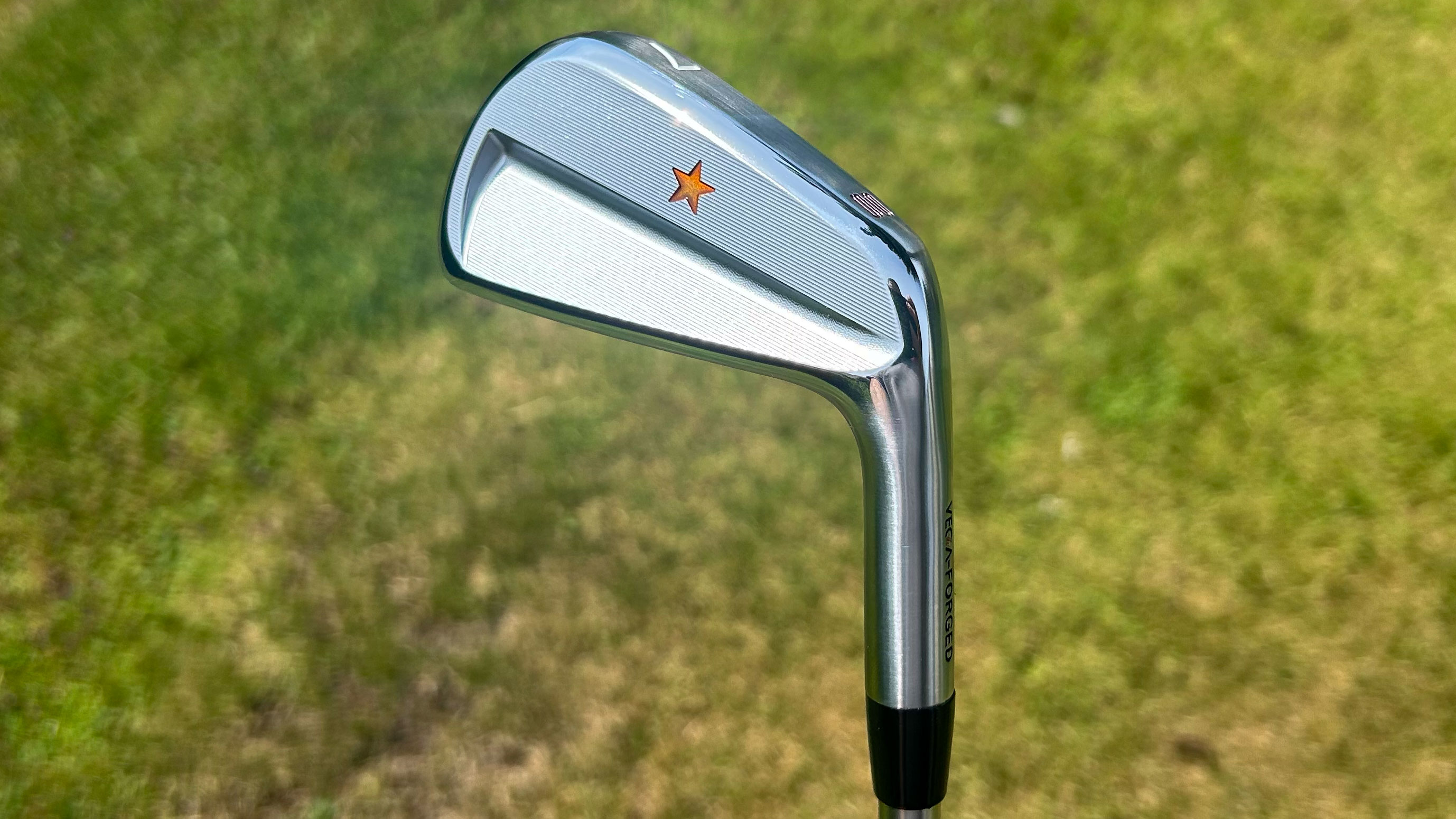
Vega SS Irons Review: Are These The Most Terrifying Irons In Golf Or The Most Beautiful?
We take a look at some of the most compact forged irons in the game of golf today, the Vega SS…
By Joe Ferguson Published
-
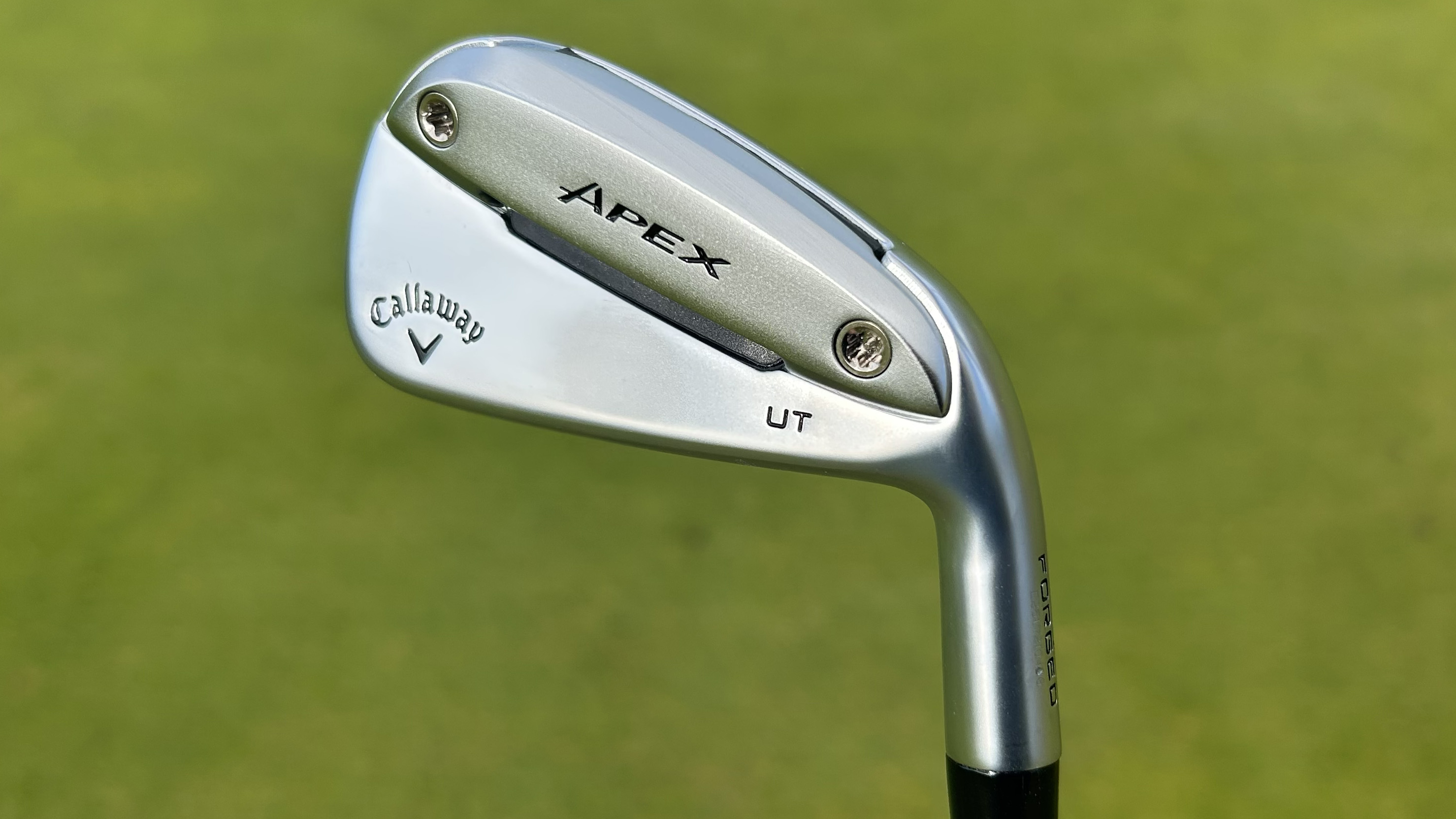
Callaway 2025 Apex UT Utility Iron Review
Joe Ferguson has been investigating what the latest iteration of the Callaway Apex UT has to offer your game...
By Joe Ferguson Published
-
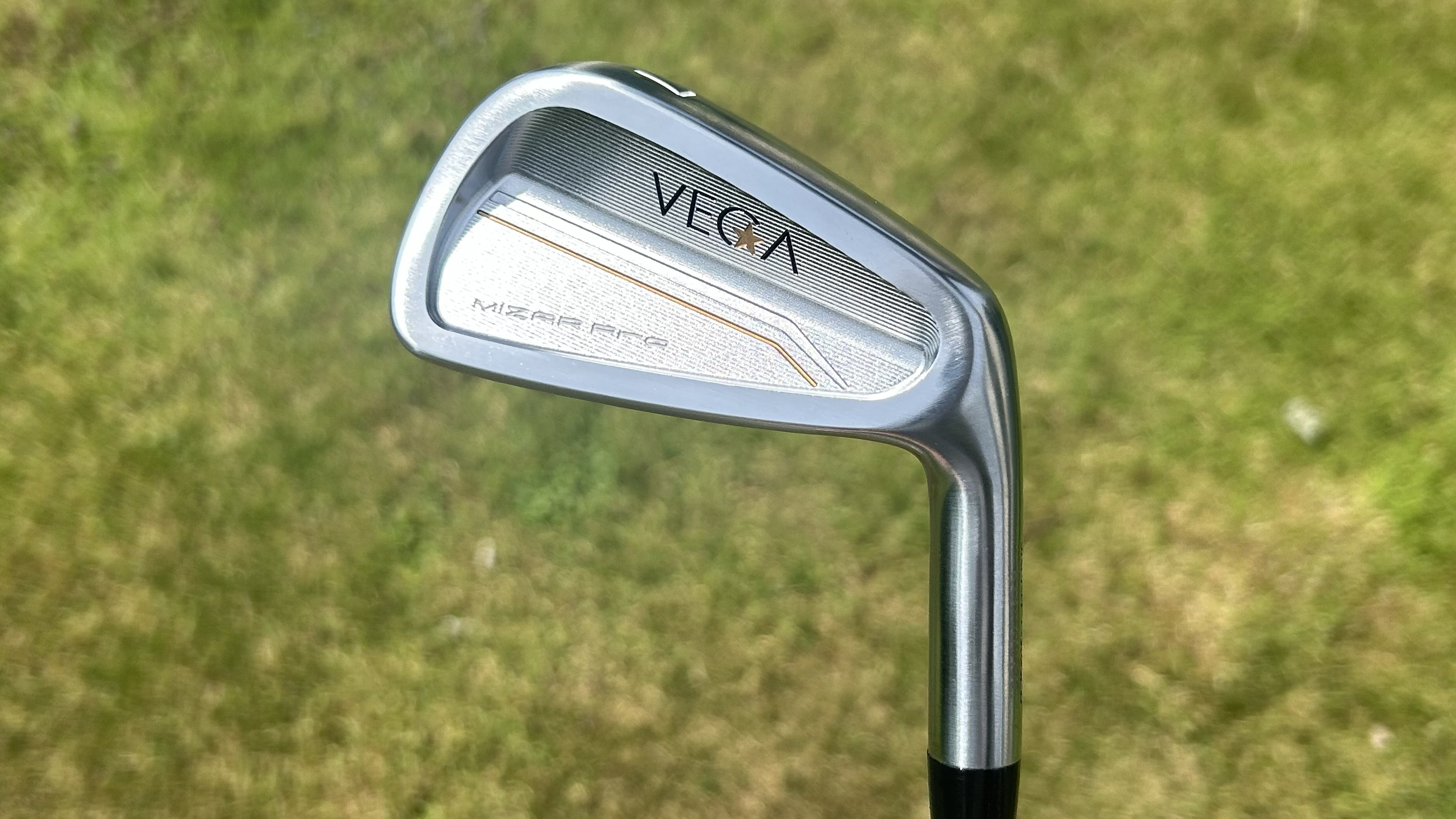
Vega Mizar Pro Cavity Irons Review
Irons tester Joe Ferguson has been looking at a new low handicap cavity from Japanese brand, Vega Golf…
By Joe Ferguson Published
-
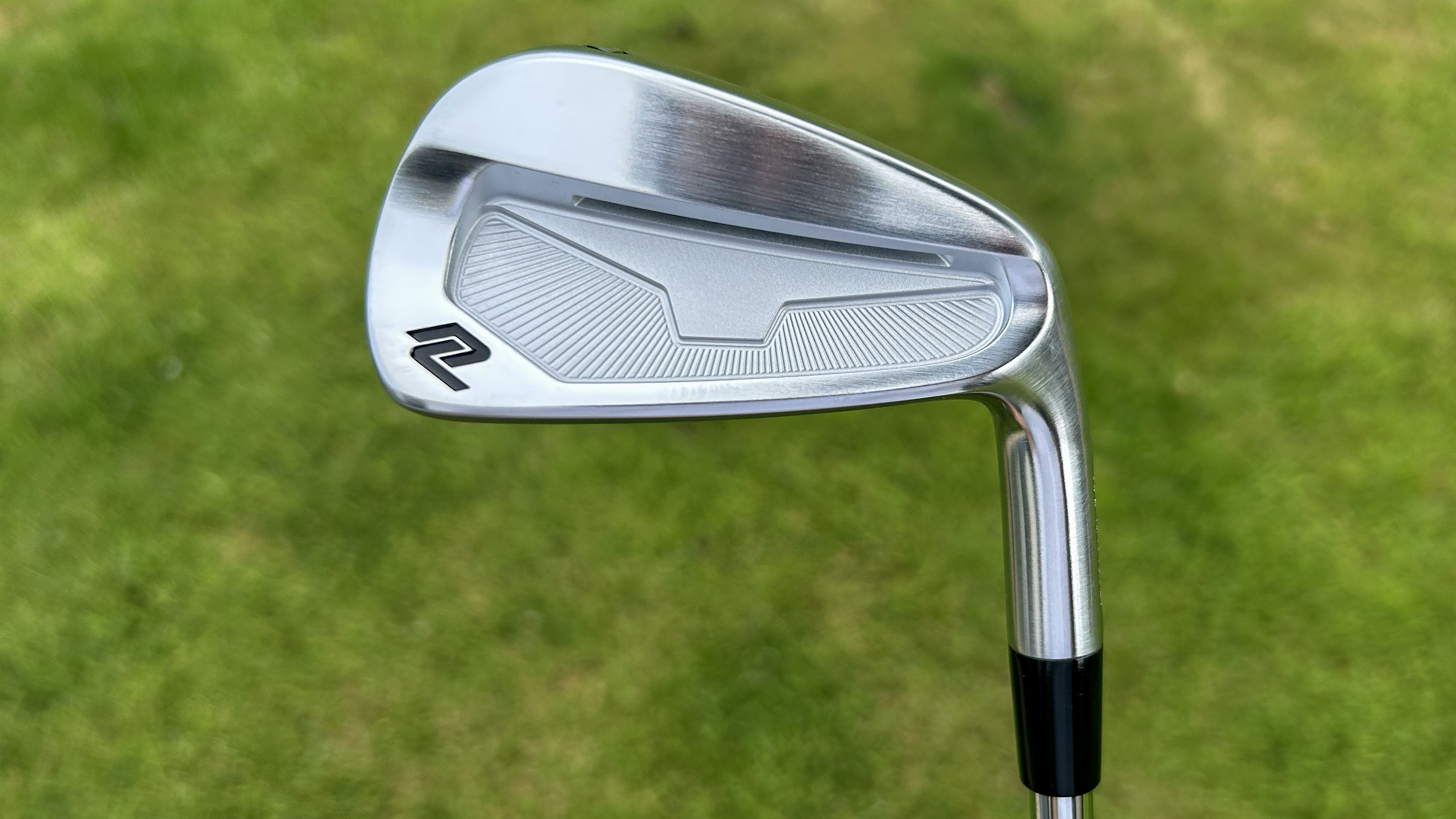
New Level Golf 702 CB Irons Review
Joe Ferguson has been looking at another direct-to-consumer player's cavity iron, the New Level 702 CB...
By Joe Ferguson Published
-
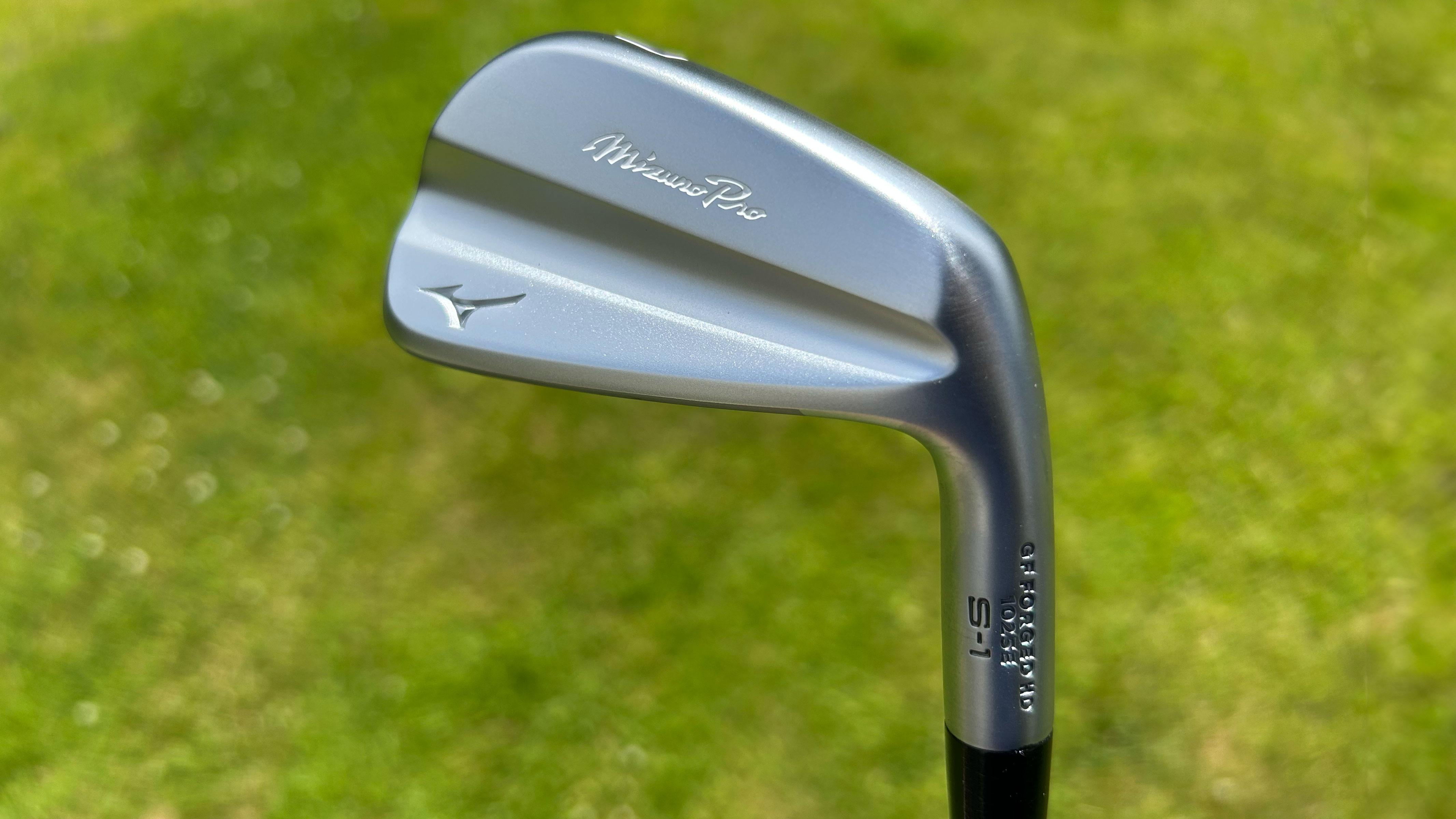
Mizuno Pro S-1 Iron Review
Has Mizuno just dropped an all-time classic with the new Pro S-1 iron? Joe Ferguson finds out…
By Joe Ferguson Published
-
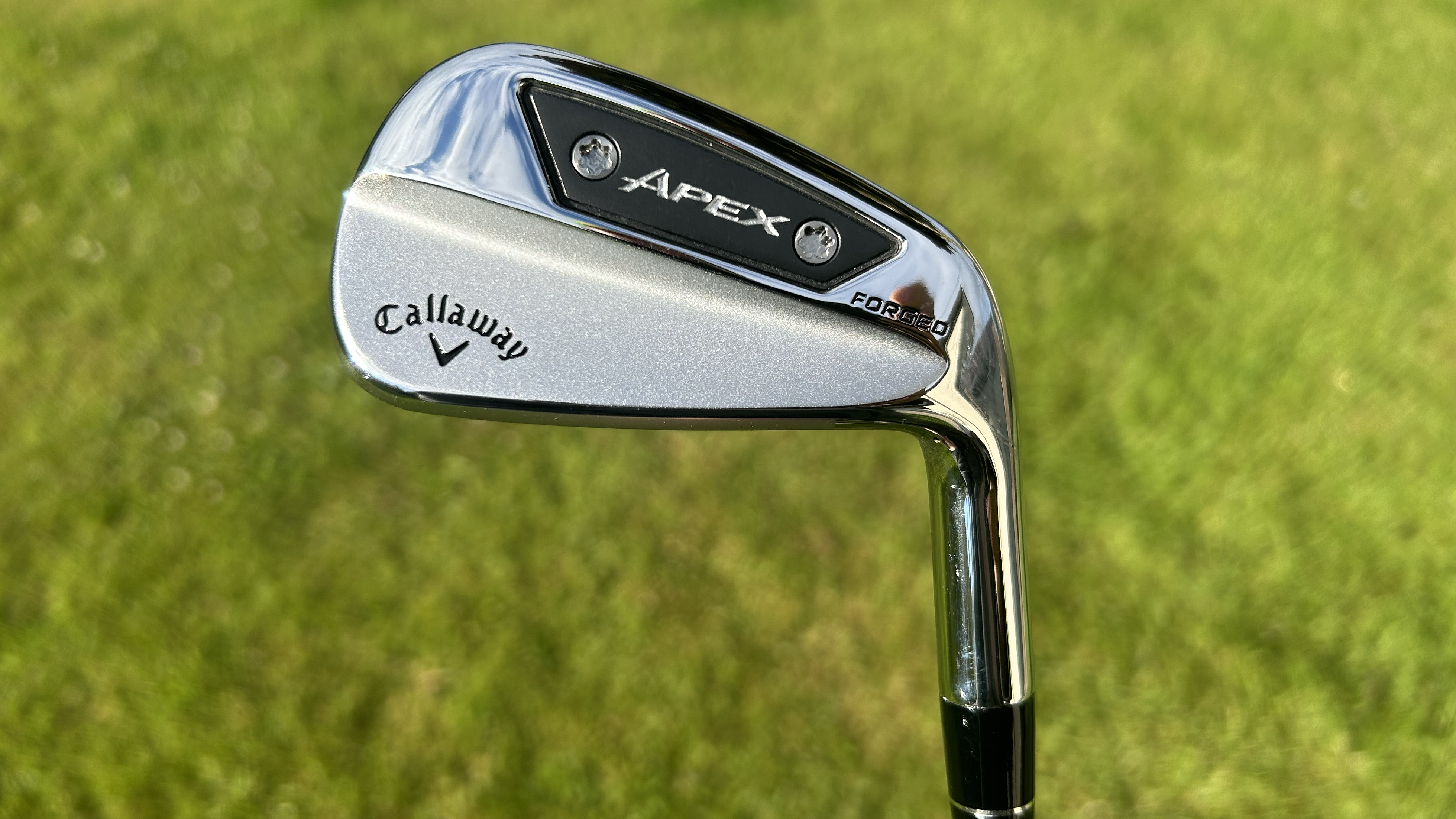
Callaway Apex Ai150 Iron Review
We take a look at a new entry into the ‘players distance’ iron category from Callaway…
By Joe Ferguson Published
-
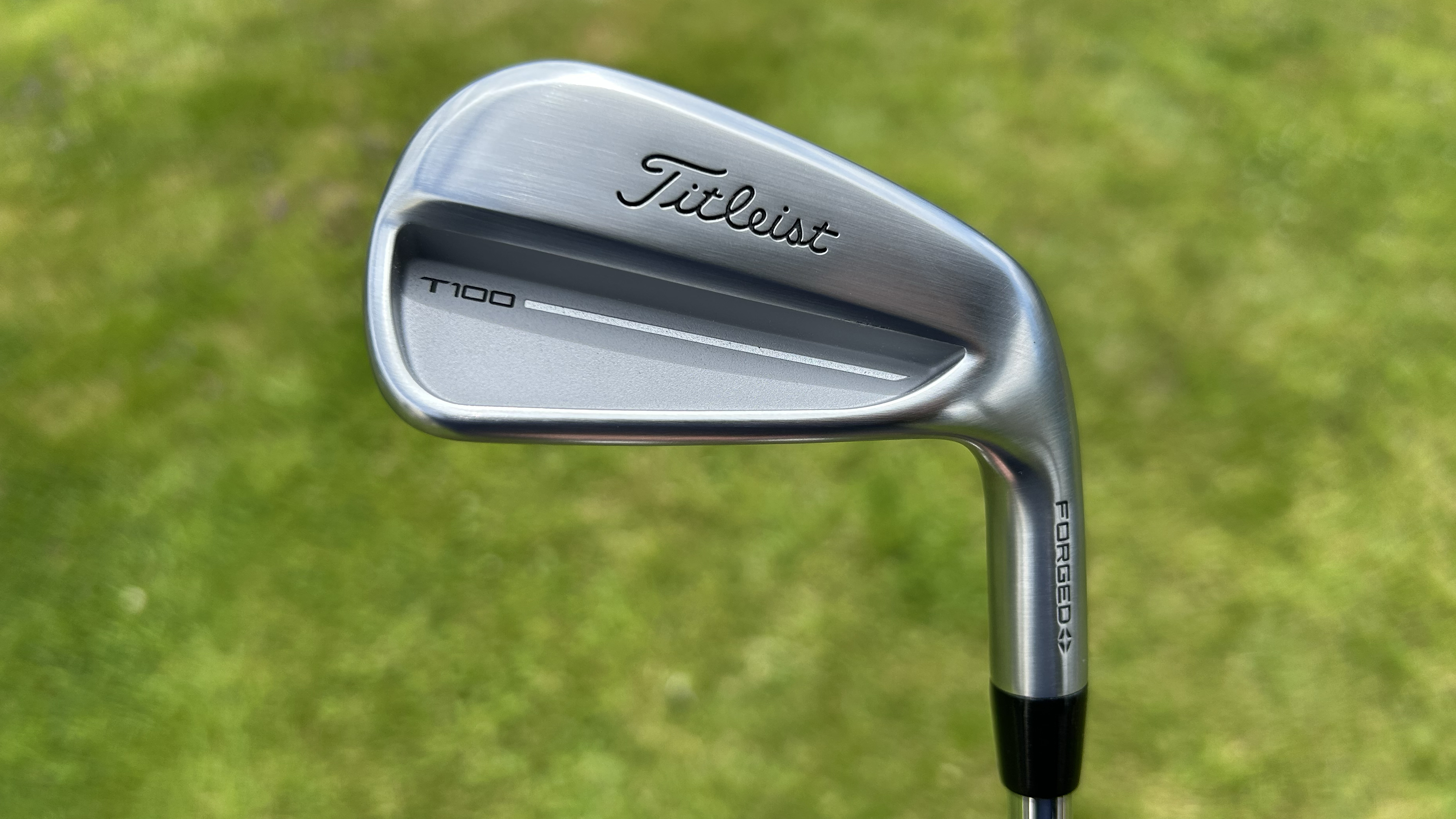
Titleist 2025 T100 Iron Review
The Titleist T-Series franchise has been arguably one of the most successful of all time. Joe Ferguson has been looking at the latest iteration of the tour-inspired T100…
By Joe Ferguson Published
-
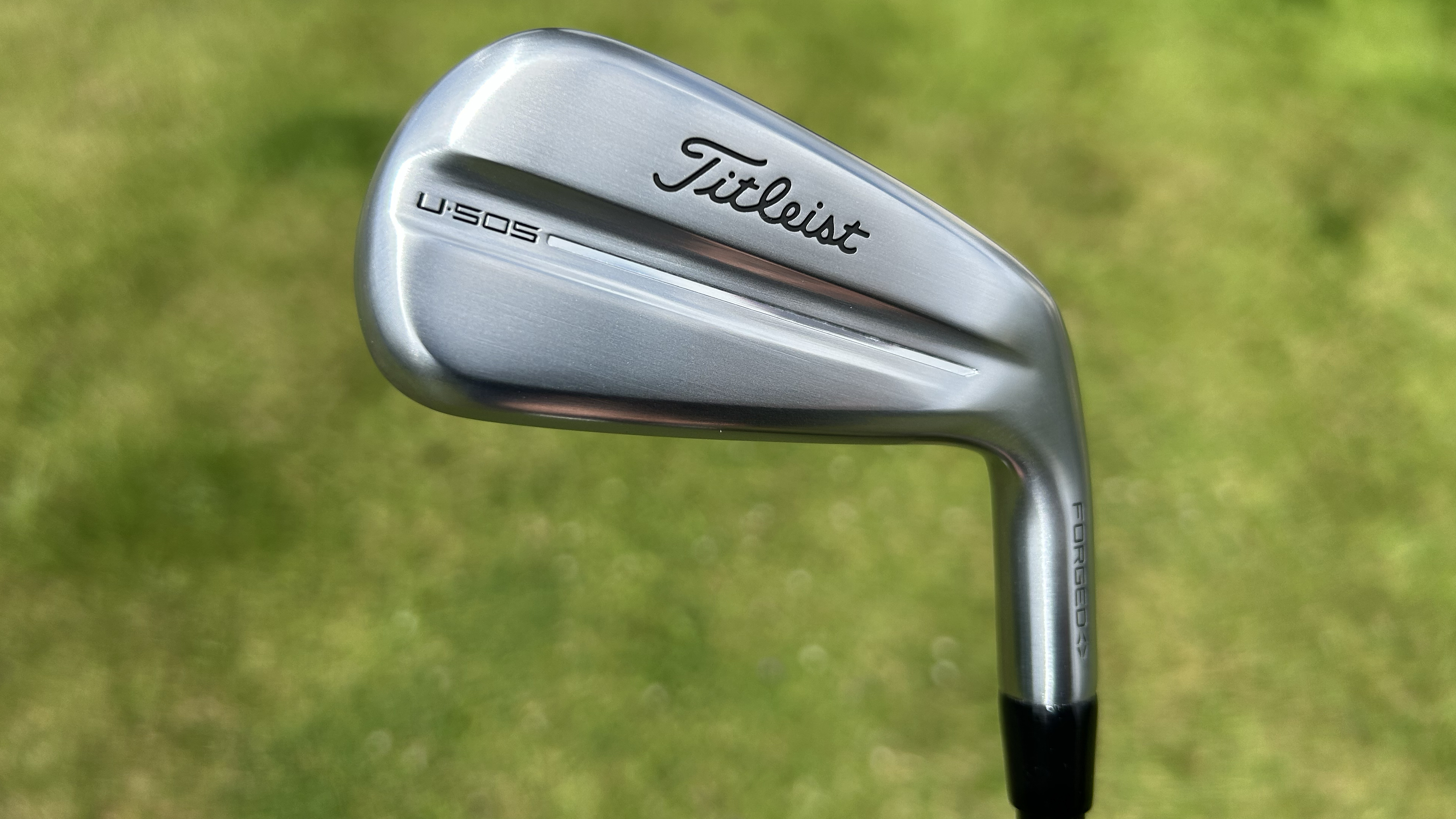
Titleist 2025 U505 Utility Iron Review
PGA Professional Joe Ferguson takes a look at the new U505 utility iron from Titleist…
By Joe Ferguson Published
